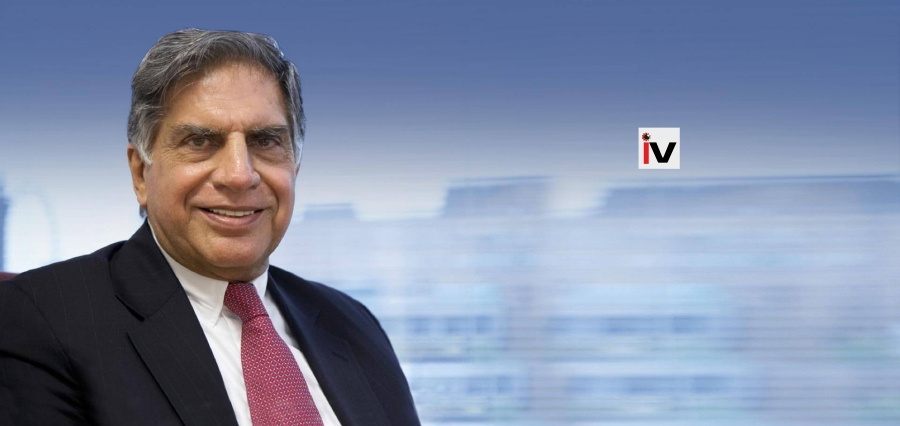One of Indian industry’s most ornamented names, Ratan Tata was instrumental in transforming Tata Group into an international giant. Humble, compassionate and full of vision, Ratan Tata’s influence took two decades to build, during which he held the watch as this new business landscape for an emerging Indian economy gained pace.
Ratan Tata is probably the most known Chairman of Tata Sons. Certainly, people have been talking about him not only for strategic vision but also for living strongly by the principles of corporate social responsibility and philanthropy. At a time when international expansion was remarkable, he also served as Chairperson of such tremendous expansion: purchases of brands such as Tetley, Jaguar Land Rover, Corus were made while products like the Tata Nano were launched. Despite all this, business did not seem to neglect social welfare; instead it was always seen in tandem with a motivation that corporate excellence must have a direct understanding with societal well-being.
Tata Trusts under Tata’s leadership appeared to have transformed into one of India’s biggest charitable outfits, focusing on education, health, and rural development initiatives. His philosophy was simple yet powerful: the success of any company should contribute towards making society better. He has primarily been known for his philanthropy work, donating ₹500 crores to fight the Covid-19 pandemic and donating $50 million to Harvard Business School in order to start an executive center-proving education a powerful alchemy.
An example of Tata’s commitment to health care is setting up the Tata Medical Center in Kolkata-a world-class cancer treatment centre, especially for those with limited access. He acted quickly after the 2008 Mumbai terrorist attacks to support victims through the “Taj Public Service Welfare Trust,” which helps in rehabilitating families affected by the terror attacks.
Born on December 28, 1937, in Mumbai, Tata grew up in a family that was very industrial and socially immersed. He pursued his education in architecture at Cornell University and soon joined Tata Industries in 1962, where he served right up to his retirement, at the behest of his mentor, J.R.D. Tata. His leadership ability soon found its expression as he undertook various different assignments in the corporate, culminating into his appointment as Chairman of Tata Sons in 1991- an era of huge opportunity as well as huge challenge.
Tata’s leadership brought in the strategic acquisition phase that could now be fostered through innovation. The vision was realized by Tata Nano, launched in 2008, intended to be the cheapest automobile in the world-a badge to his concept of serving the common man.
Ratan Tata leaves an impeccable legacy that both India and the world outside will never forget. He had been making a difference in the industry around him and in society, which can be sure that his legacy shall find continued inspiration in future generations long after he is gone.


3 comments
Since the admin of this web pwge is working, no hesitation very soon it will be
famous, due to its featuhre contents. https://glassiuk.Wordpress.com
A Med Spa in Little Elm offers a sanctuary for rejuvenation and relaxation, blending medical expertise with spa luxury. Specializing in facial services, it provides a range of treatments tailored to individual skincare needs. Among them, the deep cleansing facial stands out as a transformative experience, targeting impurities and revitalizing the skin’s natural radiance. With the latest techniques and premium products, it ensures the best facial treatment in Little Elm, leaving clients feeling refreshed, renewed, and glowing with confidence.
Martin Garage Door Installation and Repairs delivers reliable, professional service you can count on. From expert installations to fast, dependable repairs, we ensure your garage door operates safely and smoothly. Trust our skilled technicians for quality workmanship, durable solutions, and exceptional customer care every time.